AGGREGATE:
Strength, durability, workability and finish
Aggregate is a term for any particulate material. It includes gravel, crushed stone, sand, slag, recycled concrete, and geosynthetic aggregates. Aggregate may be natural, manufactured or recycled. Aggregates make up some 60 -80% of the concrete mix. They provide compressive strength and bulk to concrete.
Aggregates are selected for their durability, strength, workability and ability to receive finishes. For a good concrete mix, aggregates need to be clean, hard, strong particles, free of absorbed chemicals or coatings of clay, and other fine materials that could cause the deterioration of concrete.
Aggregates are divided into either coarse or fine categories.
- Coarse aggregates are particulates that are greater than 4.75m. The usual range is between 9.5mm and 37.5mm in diameter.
- Fine aggregates are usually sand or crushed stone that are less than 9.55mm in diameter.
Typically the most common size of aggregate used in construction is 20mm. A larger size, 40mm, is more common in mass concrete. Larger aggregate diameters reduce the quantity of cement and water needed.
Estimate your needs.
Aggregate calculator
Our Aggregate Calculator is helpful in estimating the volume and weight of aggregate necessary to cover a given area.
Keep in mind, this calculator should be used as an estimating tool ONLY. Surface texture, porosity, thickness of the applied material and other factors will influence actual material requirements. Estimates that result in too much or too little product being calculated are not the responsibility of Bama Concrete.
Note: The Aggregate Calculator does not provide an allowance for spillage or waste.
SIZES & TYPES:
Aggregate Products
Aggregates provide strength, durability and, when exposed, beauty to concrete. We custom create specialized mixes with variances in sand and rock. So if you have a unique need, pick up the phone and give us a call. With our team of experts, chances are we have the right solution for you.
Our construction aggregates are used in a number of ways:
- As a base material underneath highways, walkways, airport runways, parking lots and railroads.
- To aid in water filtration, purification and erosion control.
- As a raw material used in combination with other resources.


